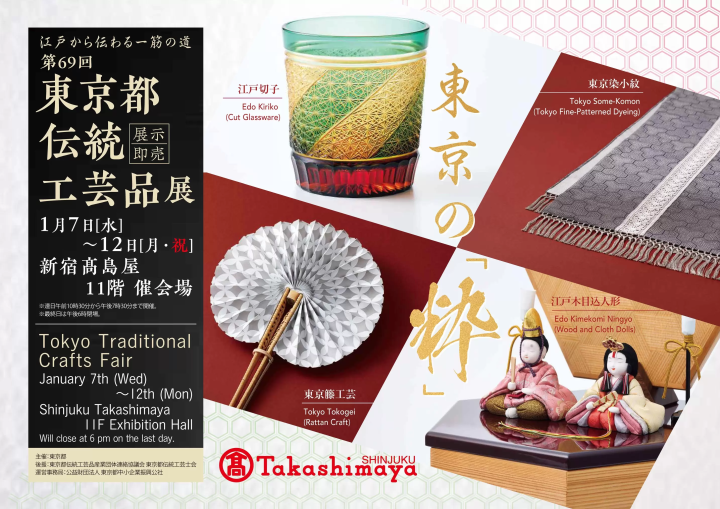Studio Ghibli Japan: 20 Best Real-life and Related Locations

Discover real-life locations that inspired Studio Ghibli’s stories, as well as other Ghibli-like places, such as Yufuin Floral Village (Studio Ghibli Village).
Studio Ghibli, and especially the works of Hayao Miyazaki, have an ever-growing fan base all over the world. Proof of this is that the tickets to the Ghibli Museum in Mitaka still sell out within hours of their release.
However, the museum is not the only place you can visit if you are in love with Ghibli’s characters and movies. Places all over Japan have inspired and recreated Hayao Miyazaki's art!
Read on to learn about 20 places in Japan related to Studio Ghibli’s movies.
Studio Ghibli-like Places in Japan
1. Ghibli Park
2. The Ghibli Museum in Mitaka, Tokyo
3. The Ghibli Clock in Shiodome, Tokyo (Howl’s Moving Castle)
4. Edo-Tokyo Open-Air Architectural Museum (Spirited Away, and others)
5. Shirohige's Cream Puff Factory in Shimokitazawa, Tokyo (My Neighbor Totoro)
6. The Totoro Forest in Saitama (My Neighbor Totoro)
7. The Yamate Area in Yokohama (From Up on Poppy Hill)
8. Yokohama Motomachi Shopping Street (From Up on Poppy Hill)
9. Shima Onsen in Gunma (Spirited Away)
10. Shibu Onsen in Nagano (Spirited Away)
11. Kushiro in Hokkaido (When Marnie Was There)
12. Hirakawa in Aomori (The Secret World of Arrietty)
13. Tomonoura in Fukuyama City, Hiroshima (Ponyo)
14. Dogo Onsen in Ehime (Spirited Away)
15. Yakushima Island in Kagoshima (Princess Mononoke)
16. Tomogashima Island in Wakayama (Laputa: Castle in the Sky)
17. The Moss Village in Ishikawa (Princess Mononoke)
18. Tokorozawa Aviation Museum in Saitama (The Wind Rises)
19. Kitazawa Flotation Plant on Sado Island (Laputa: Castle in the Sky)
20. Yufuin Floral Village (Studio Ghibli Village)
Shopping for Ghibli Souvenirs
21. For Ghibli Souvenirs: Donguri Republic
1. Ghibli Park in Aichi
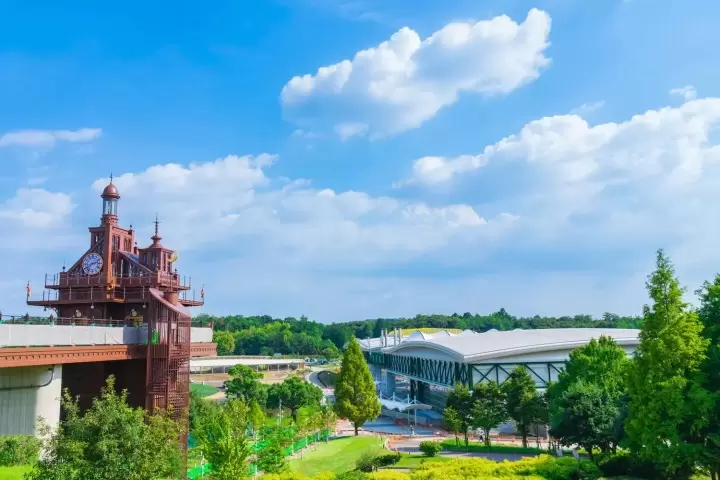
Photo by Pixta
The beloved Studio Ghibli now has its own full-scale theme park!
Opened in November 2022 near Nagoya, the highly anticipated Ghibli Park currently features three main areas: Ghibli's Grand Warehouse, the Hill of Youth, and Dondoko Forest. Two new areas, the Mononoke Village and the Valley of Witches, opened in early 2024.
The Grand Warehouse is filled with Studio Ghibli treasures such as the fantastical Robot Soldier from Laputa: Castle in the Sky, and the famous Cat Bus from My Neighbor Totoro. Dondoko Forest is dedicated to the World of My Neighbor Totoro, and the Hill of Youth features the antique shop from Ghibli's coming-of-age classic Whisper of the Heart.
The park doesn't have any hair-raising rollercoaster rides but rather immerses visitors within the fantasy worlds of Studio Ghibli's iconic films. For more information, check out the official website.
Read also
↑ Return to the top of article.
2. The Ghibli Museum in Mitaka, Tokyo

Photo by Pixta
The Ghibli Museum in Mitaka has to be one of the most first places to visit if you are a Ghibli Fan. It opened on October 1, 2001, and celebrated its 15th anniversary in 2016. It has been around for a long time and it’s open year-round, but it’s still as popular as when it first opened.
Most of the items on display at the museum are part of the permanent exhibition aside from small pieces being added here and there. However, the museum also offers special exhibitions related to Ghibli. These exhibitions change about once a year. As of October 2017, the current exhibition at the museum is about food and how it is used in Studio Ghibli’s movies.
Another thing that changes on a regular basis is the short movie shown at the cinema inside the museum. These short movies are shown only at the museum and can’t be seen anywhere else.
Tickets for the museum are only available on pre-sale, they cannot be purchased at the museum. You have to select the day and time you want to visit the museum when purchasing your ticket. Your choice is final and can’t be changed after purchase.
In Japan, the tickets go on sale on the 10th of each month for the following month. From overseas, you can purchase them through Klook and the JTB Group.
Depending on the vendor and the time you book your tickets, your desired visit date may be sold out. The tickets for the museum sell out very quickly, so we recommend securing tickets as soon as they go on sale.
Hotels near Ghibli Museum, Mitaka
↑ Return to the top of article.
3. The Ghibli Clock in Shiodome, Tokyo

The Ghibli Clock located in Shiodome in front of the Nippon TV's headquarters is one of Tokyo’s great free art displays. The clock was created by Hayao Miyazaki himself and built by Kunio Shachimaru, the same artist who created the Robot Soldier on top of the Ghibli Museum.
In 2006 Hayao Miyazaki and Nippon TV revealed the enormous 10 meters high and 18 meters wide Cuckoo Clock.
Even though its connection to "Howl’s Moving Castle" was never confirmed by Miyazaki himself, you can’t deny the similarities of the Clock and Howl’s Castle. The movie and the clock were created around the same time.
The clock comes to life every day at 12:00, 15:00, 18:00, and 20:00. An extra show is added during the weekends at 10:00.
At these times nearly everything inside the clock will start moving 2 minutes and 45 seconds before the full hour. The clock showcases the same love for details that makes Miyazaki movies so charming. Definitely worth a visit for Ghibli and art fans alike.
Hotels near Hayao Miyazaki's Ghibli Clock
↑ Return to the top of article.
4. Edo-Tokyo Open-Air Architectural Museum

Photo by Pixta
Rumour has it that the east zone at the Edo-Tokyo Open-Air Architectural Museum has inspired some of the buildings in the world of "Spirited Away".
The headquarters of Studio Ghibli is located very close to the museum and it seems that Hayao Miyazaki has been a regular visitor during the creation of "Spirited Away".
Even the mascot of the museum, a tiny caterpillar-looking guy, has been created by Miyazaki himself.

Photo by Pixta
Stepping into the east zone you can clearly imagine how this could set the tone for a movie like "Spirited Away". There is even an old tram on display leading up to the street. The inside of the tram looks a lot like that of the train that brings Chihiro and No-Face to Zeniba.
Other than the tram, the old bar, as well as the bathhouse, also seem to have been showcased in the movie. You can certainly imagine Chihiro’s parents stuffing themselves at the bar, while slowly turning into pigs.
Aside from the chance to step into the world of "Spirited Away", the museum has other interesting buildings on display as well. From traditional Japanese to Western-inspired ones, the variety is endless, making this museum a great place for time travel.
Hotels near Edo-Tokyo Open Air Architectural Museum
↑ Return to the top of article.
5. Shirohige's Cream Puff Factory in Shimokitazawa, Tokyo

At Shirohige Cream Puff Factory ("White Beard's Cream Puff Factory"), you can enjoy the only Totoro cream puff in Japan. This shop is officially approved by Studio Ghibli.
It is conveniently located in the neighborhood of Shimokitazawa. Everything in this little bakery is Ghibli-themed. The sign that shows a picture of a white beard, as well as the interior, looks like something out of a Ghibli movie.
All the pastries in this shop are inspired by Totoro and some of his forest friends. You can buy Totoro Cream Puffs as well as cookies and even Totoro Cakes. While the custard and chocolate-flavored ones are available year-round, other flavors are season-limited.
If you would like to get one of these cute and tasty Totoro cakes, please consider making a reservation beforehand.
↑ Return to the top of article.
6. The Totoro Forest in Saitama

Sayama Hills, also known as the Totoro Forest has been a significant inspiration source for "My Neighbor Totoro". Since then, it received the official name "Totoro no Mori" (Totoro's Forest). It also showcases many drawings and places related to Totoro. A map with a friendly Totoro on it will show you the way and explain the different Totoro spots around the forest.
The most famous place inside the Totoro Forest is the Kurosuke house, also known as Totoro House. The house is named after the Soot Sprites in Totoro. In Japanese, their name is Makkuro kurosuke. (The same characters also appear in "Spirited Away" under the name "Susuwatari"). The house has a huge Totoro sitting inside and some scenes from the movie on display. You are allowed to take pictures with the Totoro as well.
By the way, it has also been rumored that little Soot Sprites are actually living inside the house. But only children can see them.
The Totoro Forest is about a 30-minute walk from Seibu Kyujo-mae Station in Tokorozawa, Saitama.
Hotels near Totoro no Mori No. 1
Read also
↑ Return to the top of article.
7. The Yamate Area in Yokohama

The area of Yamate in Yokohama has been featured in the movie "From Up On Poppy Hill". There is actually a flower shop that served as the model for the flower shop in the movie. There is also a butcher's shop named
"Maruei Shoten". This location is believed to be the model for the scene where the main characters eat croquettes.
Yamate has a very idyllic feel to it. The buildings in Yamate are inspired by European architecture, just like the ones in the movie.
↑ Return to the top of article.
8. Yokohama Motomachi Shopping Street

If you are already in Yokohama, maybe you should make a visit to the Motomachi shopping street as well. This street is supposed to be the street where Haru met Muta in the movie "The Cat Returns".
It is in the same area as the places that inspired "From Up on Poppy Hill" and you can also do some shopping while you visit.
Just like Yamate, in general, the street has a certain European feel. It's about 500 meters long and contains many high-end fashion shops, as well as cafes and restaurants.
Read also
↑ Return to the top of article.
9. Shima Onsen in Gunma

Photo by Pixta
Three hot spring hotels in total have been confirmed by Hayao Miyazaki himself to be the inspiration for the bathhouse in Spirited Away. Sekizenkan in Shima Onsen definitely has the most resemblance to the nighttime view of the Aburaya bathhouse in "Spirited Away".
It even has a red bridge leading up to it just like the one in the movie! The exterior looks almost fragile. While a bit unspectacular to look at in daylight, it really comes to life at night time. Just like the Aburaya! It's really eerie looking once the yellow lights are turned on and the skeletal exterior is dipped into the dim light.
Aside from being the inspiration for "Spirited Away", it is also supposed to be the oldest wood hot spring resort in Japan. Shima Onsen is located in Gunma and can be reached very conveniently by bus or train from Tokyo.
Hotels near Shima Hot Spring Sekizenkan
Read also
↑ Return to the top of article.
10. Shibu Onsen in Nagano

Kanaguya in Shibu Onsen is another one of the three hot spring hotels inspiring "Spirited Away". The exterior definitely has a strong resemblance with the daytime appearance of Aburaya. Its slim appearance and pointy roof look very similar to the ones of the bathhouse in the movie.
The inside of this hotel has a couple of key places that might remind you of the inside of Aburaya as well. Nagano is a little further away from Tokyo than Gunma but it is definitely worth a trip.
Read also
↑ Return to the top of article.
11. Kushiro in Hokkaido

Kushiro in Hokkaido has been said to be the inspiration for the setting of "When Marnie Was There". This is one of Ghibli's newer movies which wasn't directed by Hayao Miyazaki. Most Ghibli fans are mainly interested in Miyazaki's movies, so this might not be the first place they would want to visit for a Ghibli sightseeing.
However, Kushiro is a great place to visit even if it's not for the movie. It has one of the three biggest marketplaces in Hokkaido and some great views! Aside from this, you can get some of the best seafood in Hokkaido here.
Read also
↑ Return to the top of article.
12. Hirakawa in Aomori

Hirakawa in Aomori is home to Seibien, a western-style house with a Japanese garden that is featured in the movie "The Secret World of Arrietty".
The garden belonging to the house is one of the three greatest gardens created in the Meiji era (1868 - 1912). It is even deemed a nationally designated place of scenic beauty and a popular sightseeing spot.
Aside from Seibien, Hirakawa is also home to Hirosaki Castle and the Josenji Temple, a temple where a Buddhist priest brews and serves your coffee.
↑ Return to the top of article.
13. Tomonoura in Fukuyama City, Hiroshima

The harbor town of Tomonoura has been confirmed to have been the inspiration for the imagery of "Ponyo". You will be able to find many places and buildings that will remind you of "Ponyo" everywhere. The town is very proud to have been the inspiration for Miyazaki's art and you will find little Ponyo's all around.
Tomonoura has been the setting for many TV shows and movies over the years, not only "Ponyo". The town is very old and you will find many interesting places to explore. The Ota House in Tomonoura, for example, has originated the brewing technique for Homeishu, a traditional liquor made with 16 different spices.
↑ Return to the top of article.
14. Dogo Onsen in Ehime

Dogo Onsen in Ehime seems to be the best known when it comes to onsen resorts that served as inspiration for "Spirited Away". Some people claim that it is the only onsen that inspired Aburaya even though Miyazaki himself says otherwise.
Other than the two other hot spring resorts, the whole onsen town of Dogo has supposedly served as inspiration for the movie. The main building certainly looks like a possible model but it is missing the iconic red bridge.
Dogo Onsen has a history stretching back over one thousand years, making it one of the oldest hot spring resorts in Japan. It is easy to see how such an old onsen can serve as a setting for a ghost story.
Hotels near Dogo Onsen Main Building
↑ Return to the top of article.
15. Yakushima Island in Kagoshima

Yakushima is one of the Osumi islands in Kagoshima. Its mystic forest served as the main inspiration for Miyazaki's masterpiece "Princess Mononoke".
If you get deep enough into the forest you truly step into Mononoke's World. Walkways covered in moss, rivers carving their way through the greenery, huge trees towering over you as if they want to protect you from the world... Nothing but peace and nature.
Can you hear the forest spirits? Can you see them running past you? This is truly a scenery worthy of forest gods.
Read also
↑ Return to the top of article.
16. Tomogashima Island in Wakayama

The uninhabited Tomogashima Island in Wakayama Prefecture is home to the ruins of several military batteries originally built in the late 1800s. The largest and most famous of these is the Third Battery..
The ruins of the Third Battery look just like a scene from Studio Ghibli’s 1986 classic Laouta: Castle in the Sky, and the site has become popular with fans of the movie.
↑ Return to the top of article.
17. Koke no Sato in Ishikawa
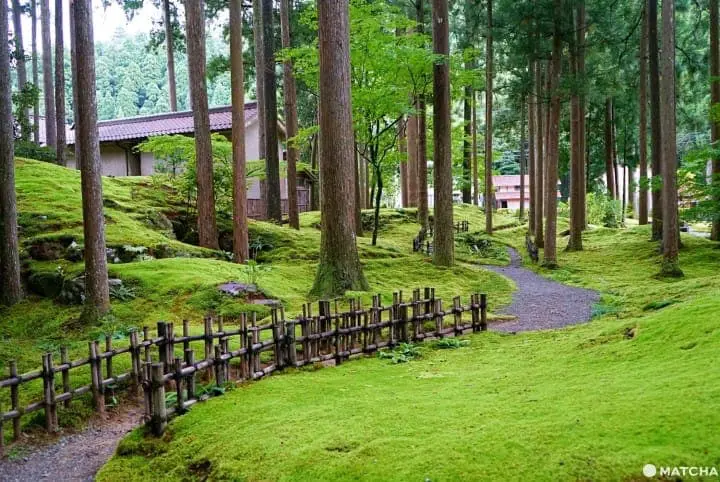
Hidden in the mountains of Ishikawa Prefecture lies a tiny, remote village with a population of less than 30 people. With its moss-covered landscape and towering cedar trees, Koke no Sato looks just like a scene from Studio Ghibli’s epic movie Princess Mononoke.
This charming, fairytale-like village is home to truly unique scenery and seems far removed from the modern world.
↑ Return to the top of article.
18. Tokorozawa Aviation Museum in Saitama
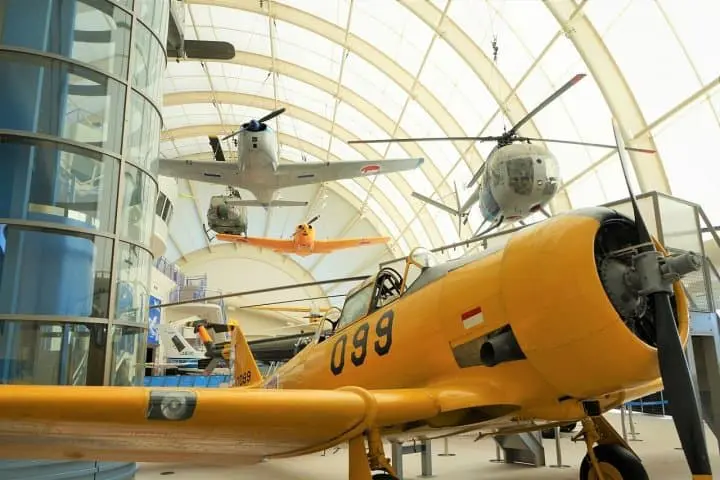
Legendary director Hayao Miyazaki has long held a particular fascination with flying, and this can be seen in many of his movies, which feature aircraft and incredible flight scenes.
The Tokorozawa Aviation Museum in Saitama Prefecture is dedicated to the history of aircraft and flight. The museum features exhibits related to the Zero fighter, the aircraft designed by Jiro Horikoshi. Ghibli’s movie The Wind Rises is based on Horikoshi’s life.
19. Kitazawa Flotation Plant on Sado Island

Photo by Pixta
Located near the famous Sado Gold Mine on Niigata Prefecture’s Sado Island is the Kitazawa Flotation Plant, a facility once used for the processing of gold and silver.

Photo by Pixta
The facility was extremely technologically advanced at the time it operated, and the eerie sight of it being reclaimed by nature is often compared to scenes from Studio Ghibli’s Laputa: Castle in the Sky.
↑ Return to the top of article.
20. Yufuin Floral Village (Studio Ghibli Village)

Photo by Pixta
Yufuin Floral Village, also known as The Studio Ghibli Village, is a charming area in Kyushu’s famous hot spring town, Yufuin. Its winding streets and quaint buildings resemble scenes from a Ghibli film, with colorful, storybook-like architecture and a whimsical atmosphere.
Visitors can enjoy strolling along scenic pathways, spotting Ghibli characters adorning shops along Yunotsubo Street. Surrounded by lush gardens, vibrant flowers, and cozy cafes, the area evokes the magic of My Neighbor Totoro and Kiki’s Delivery Service.
Set against peaceful mountains and countryside, Yufuin Floral Village offers a nostalgic, fairy-tale experience—perfect for fans of Studio Ghibli’s enchanting worlds.
21. For Ghibli Souvenirs: Donguri Republic

Donguri Republic ("Acorn Republic" in English) is the official Ghibli goods shop. Here you can find merchandise from all of Studio Ghibli's movies.
You can find almost everything your heart desires in a Ghibli movie design. From keychains and stationery to towels, toilet covers, rugs, flower pots, and even miniature Ghibli characters, you will most surely find an item that you'd like to use in your home. The shop really captures the magical world of Ghibli and it's a great pleasure to just browse around.
The goods sold here are ideal as souvenirs and also make great gifts for your friends and family. Many of the items are limited edition and most of them are only available in Japan.
You can find Donguri Republic shops in most major cities in Japan. There are numerous locations in Tokyo, Osaka, Yokohama, and other areas.
FAQ
Where do Studio Ghibli movies take place?
Studio Ghibli movies draw inspiration from various regions of Japan, weaving a tapestry of settings that blend real-world influences with fantastical themes. The rural landscapes seen in films like "My Neighbor Totoro" and "Kiki's Delivery Service" evoke the tranquility of Japanese countryside regions such as Yamagata, Toyama, or Gifu. Historical contexts, as in "Princess Mononoke" and "The Wind Rises," reflect periods like the Muromachi era and pre-World War II Japan. Coastal vistas reminiscent of Japan's seaside towns inspire films like "Ponyo" and "From Up on Poppy Hill," drawing from locales such as the Seto Inland Sea and coastal regions of Kyushu.
Urban backdrops like modern-day Tokyo in "Whisper of the Heart" showcase the vitality and diversity of Japanese city life. Studio Ghibli masterfully intertwines these elements to create immersive worlds that blend fantasy with the captivating essence of Japan's landscapes, architecture, and cultural heritage.
Where is the location Studio Ghibli?
The Studio Ghibli corporate office is located in Koganei, Tokyo, Japan. This area houses the studio's administrative headquarters where they manage their operations, coordinate film production, and oversee various aspects of their animation projects.
Where to go in Japan if you love Studio Ghibli?
For Studio Ghibli enthusiasts seeking to explore beyond the Ghibli Museum in Mitaka, Tokyo, or the Ghibli Park in Aichi, Japan offers a range of Ghibli-related destinations. Highlights include the Ghibli Museum Shop, a haven for exclusive merchandise, and sites like the Washinomiya Shrine in Saitama, featured in "Laputa: Castle in the Sky." The Totoro Bus Stop in Saitama captures the whimsy of "My Neighbor Totoro," while Studio Ghibli-themed cafes and shops nationwide offer a taste of Ghibli magic through themed menus and merchandise. In Kumamoto Prefecture, the Kaze no Toori Michi (Wind Road) alley echoes settings from Ghibli films like "My Neighbor Totoro." Delving into these Ghibli-inspired locations across Japan provides fans with unique opportunities to deepen their connection to the captivating worlds crafted by Hayao Miyazaki and Studio Ghibli.
Is Studio Ghibli worth a visit?
Visiting Studio Ghibli, notably the Ghibli Museum in Mitaka, Tokyo, is a highly recommended experience for fans of animation and art. The museum provides an immersive journey into the creative world of Studio Ghibli, offering exclusive exhibits, original sketches, and insights into the meticulous craftsmanship behind their beloved films. Guests can enjoy unique short films, explore a shop filled with exclusive merchandise, and connect with a global community of Ghibli enthusiasts. Overall, a visit to Studio Ghibli is a memorable and enriching opportunity to appreciate the magic and artistry behind some of the most cherished animated movies in the world.
How far is Studio Ghibli from Osaka?
The distance between Osaka and Nagoya, where the Ghibli Park is located, is approximately around 150-170 kilometers (about 93-105 miles), depending on the specific starting and ending points within each city. Traveling between Osaka and Nagoya can be done using various transportation options such as the Shinkansen (bullet train), express trains, buses, or driving.
The Shinkansen is a popular choice for high-speed travel between these cities, providing a journey of around 1.5 to 2 hours. It is advisable to verify the latest information on the Ghibli Park's opening and accessibility as your planned visit approaches, as details regarding transportation options and park developments may have changed since my last update. For more information on how to travel to Ghibli Park, please refer to this article.
Should I visit Ghibli Museum or Ghibli Park?
Deciding between visiting the Ghibli Museum in Tokyo or the Ghibli Park in Nagoya depends on your preferences and location. The Ghibli Museum offers an established attraction with artistic insights, exclusive exhibits, and merchandise in Tokyo. On the other hand, the Ghibli Park in Nagoya is a new interactive theme park experience inspired by Studio Ghibli's worlds. Consider your travel plans, proximity to each location, and the type of Ghibli experience you seek when choosing between the two destinations.
↑ Return to the top of article.
Step Into Ghibli's World Wherever You Are!
Studio Ghibli offers a magical world inspired by places all over Japan. You can find Hayao Miyazaki's art nearly everywhere if you just look closely. No matter if it's a small Totoro in your neighbor's flower pot or the big Ghibli Clock in Shiodome, Ghibli's world is all around us. How about searching for it yourself?
Book the JR Pass for Whole Japan (7, 14, or 21 Days)
Read also
This is an updated version of an article originally published in 2019.
This is the official account of MATCHA's English editorial team. We are bringing you the latest travel information on Japan.





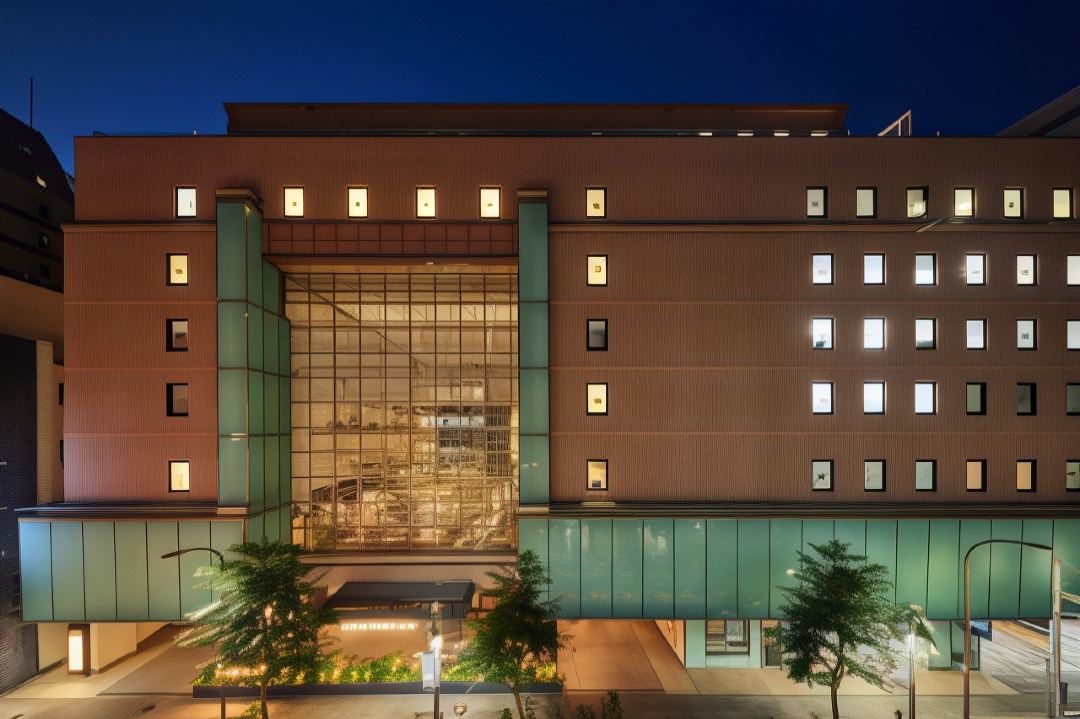

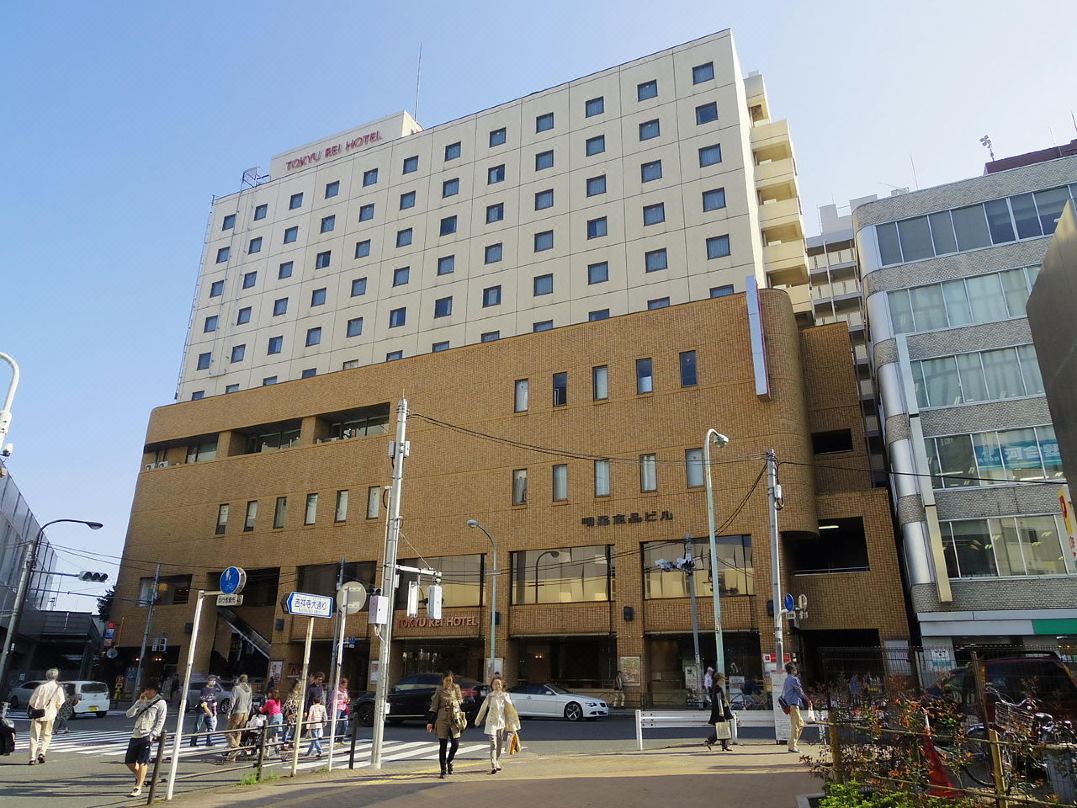


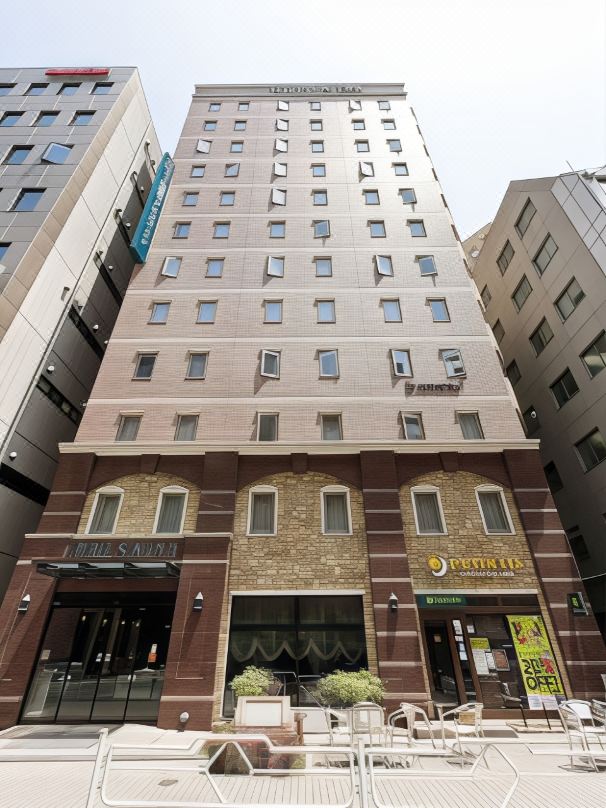
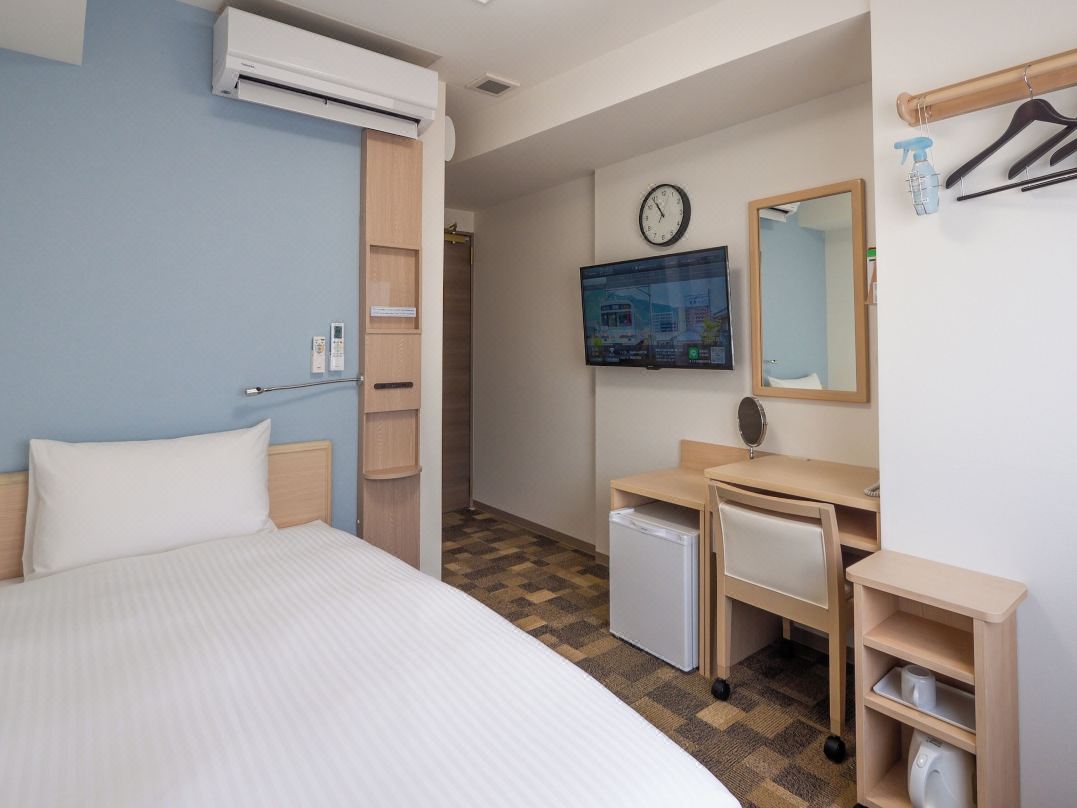
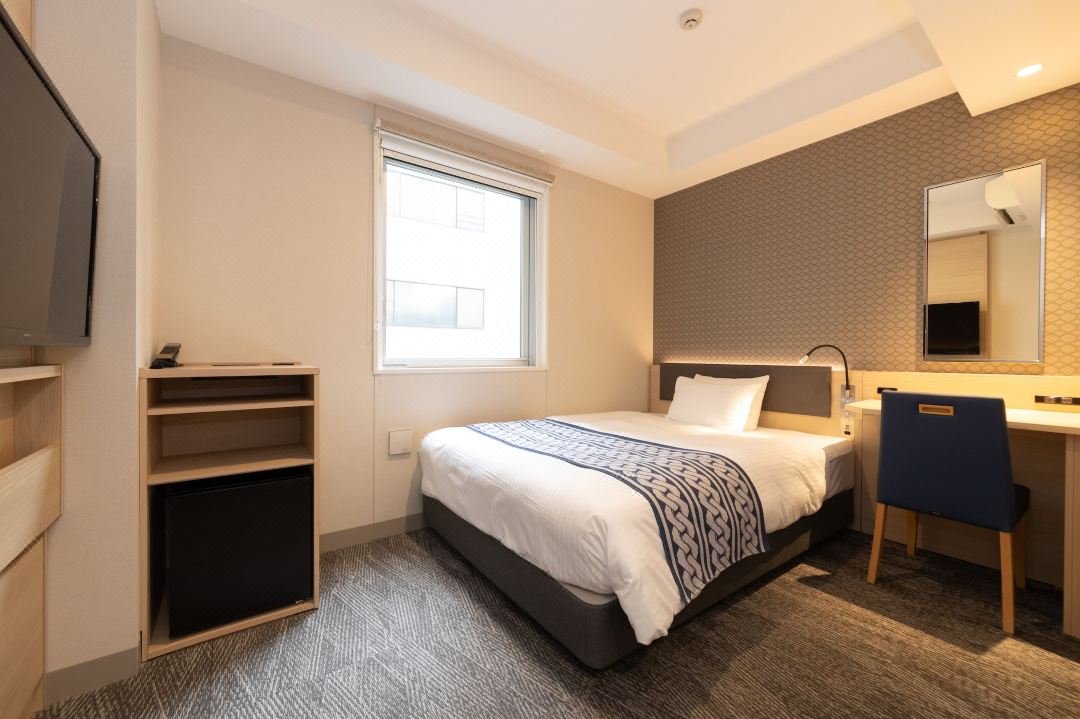


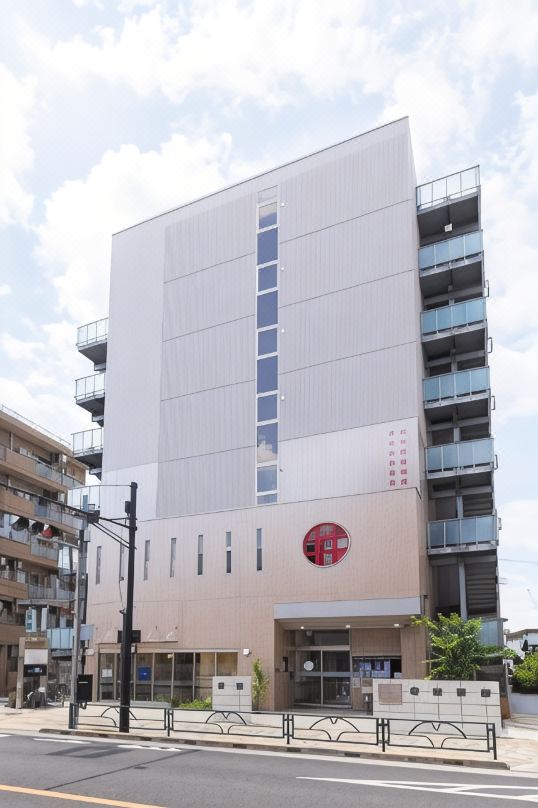



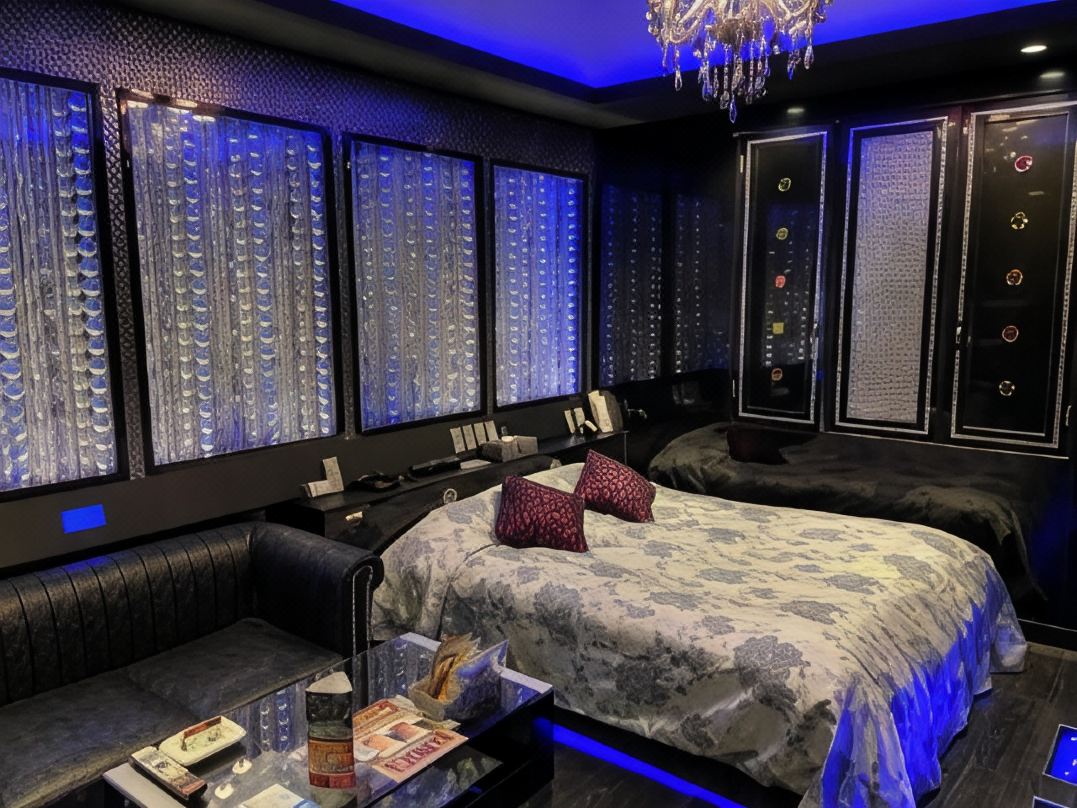
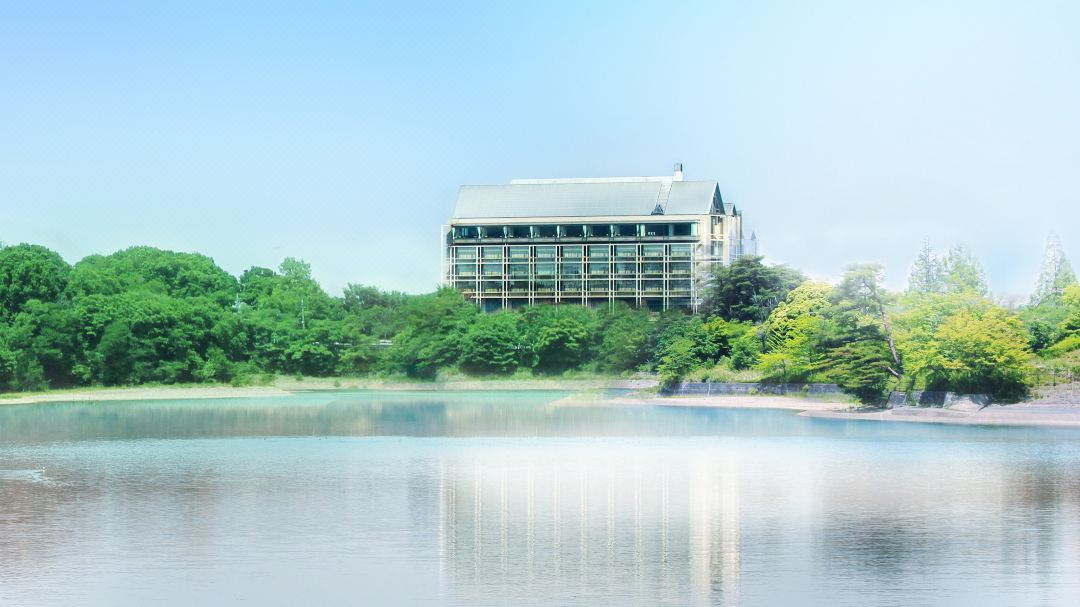





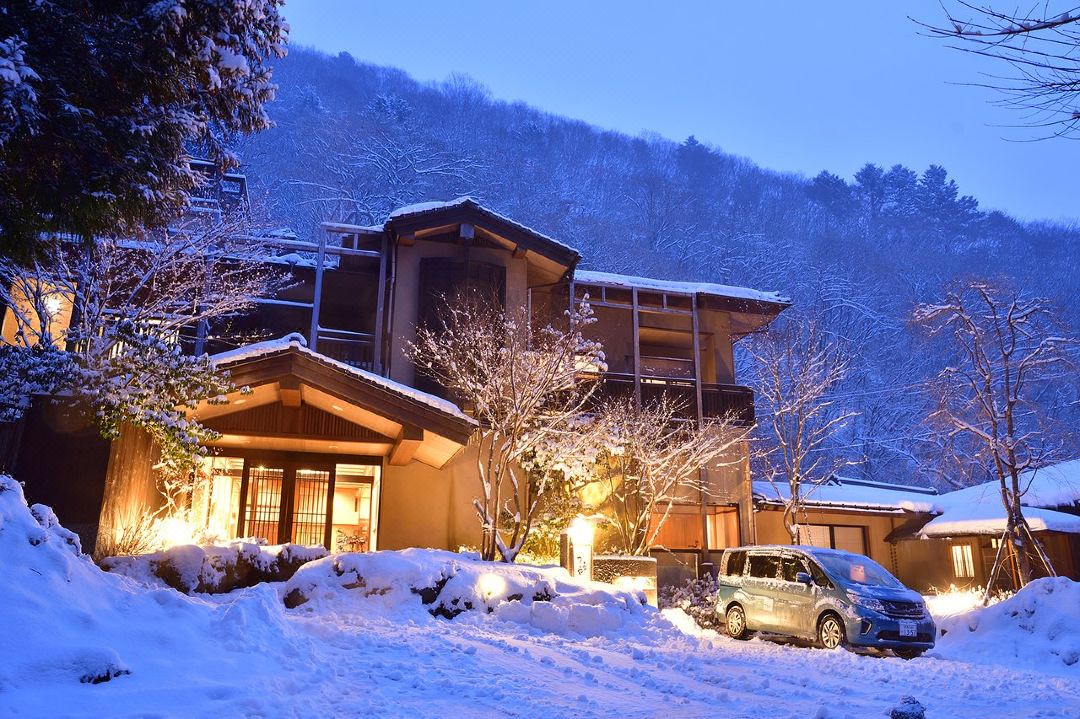
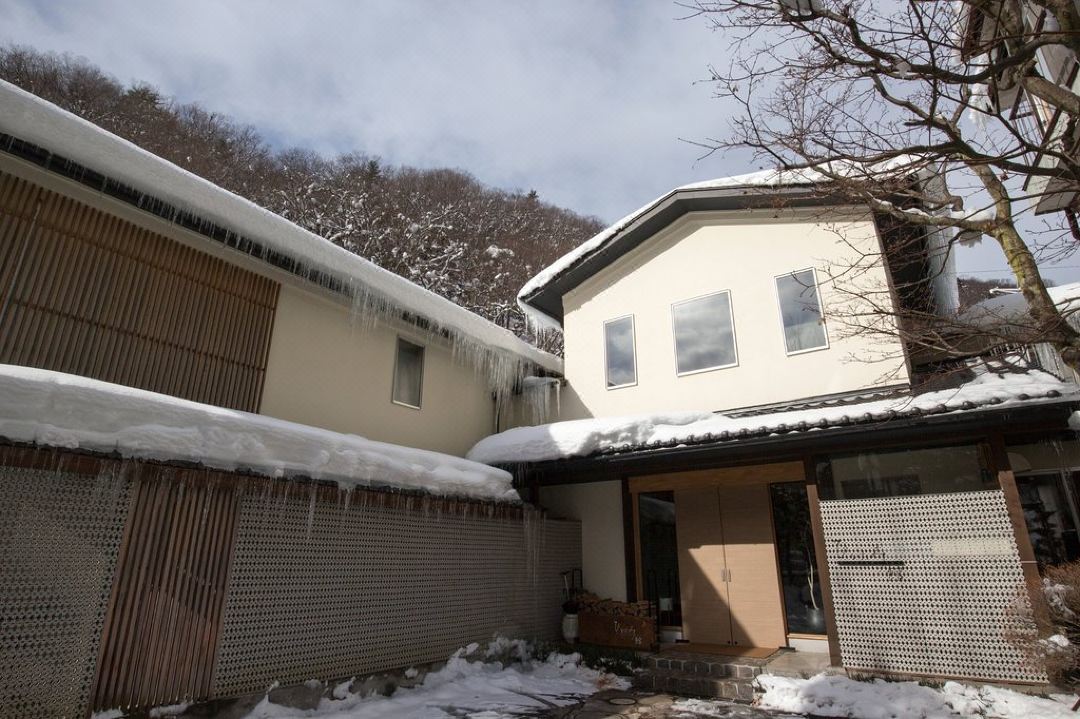









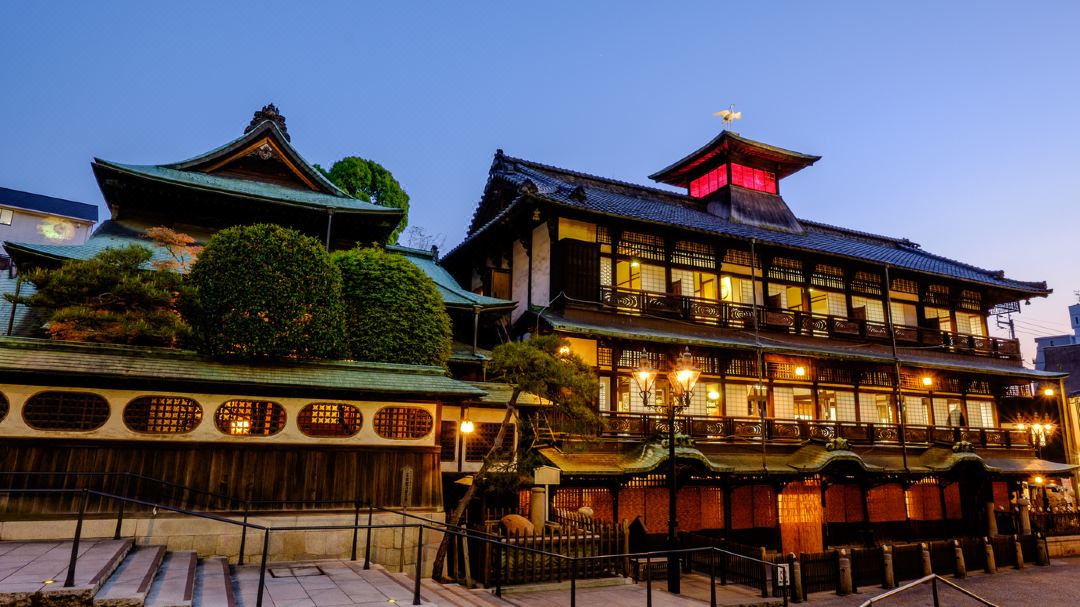
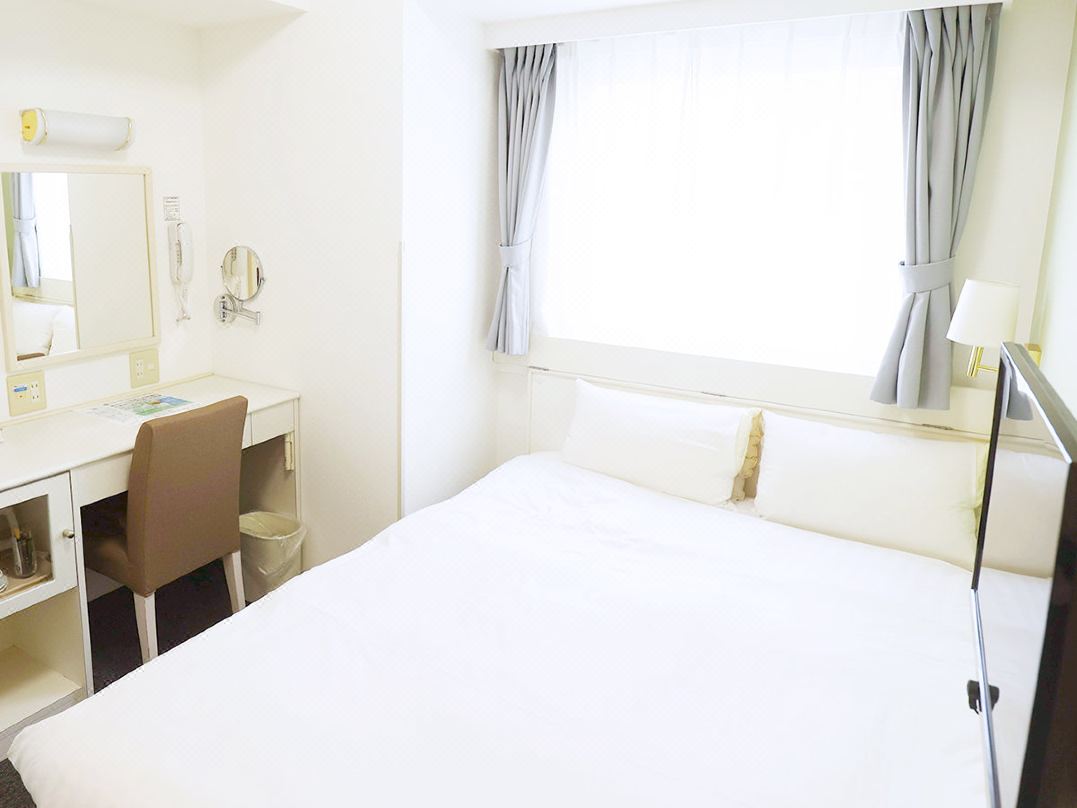
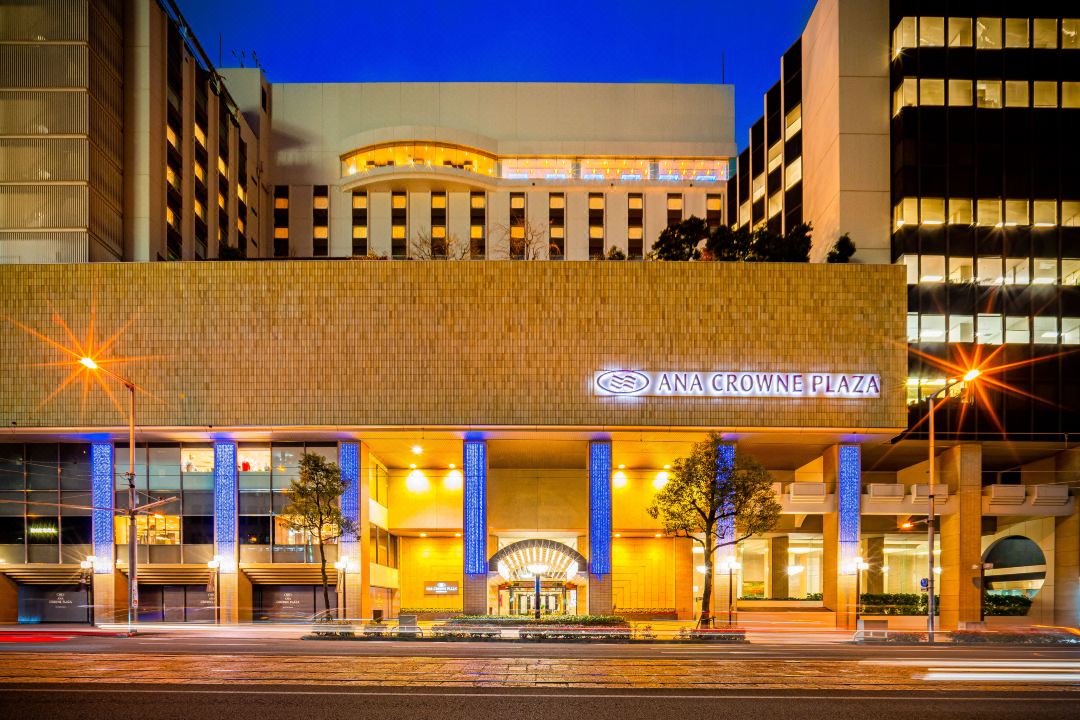






































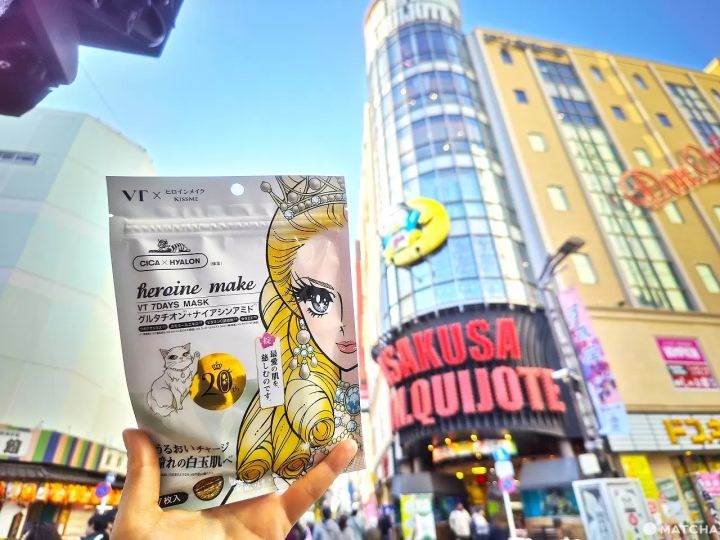

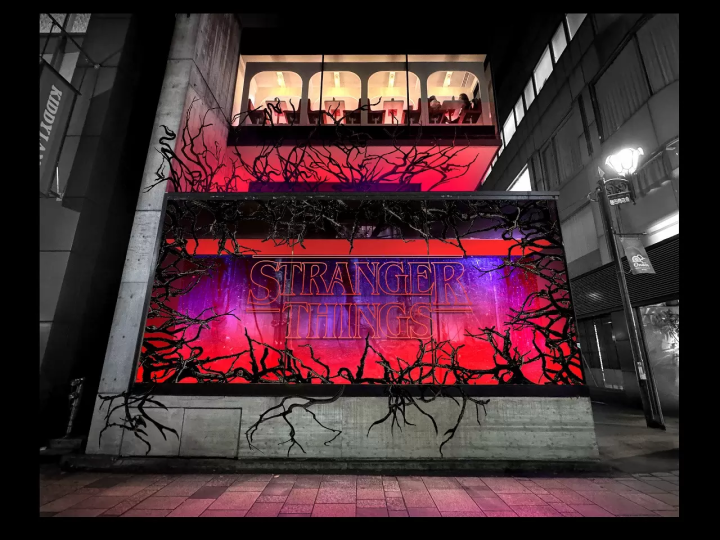
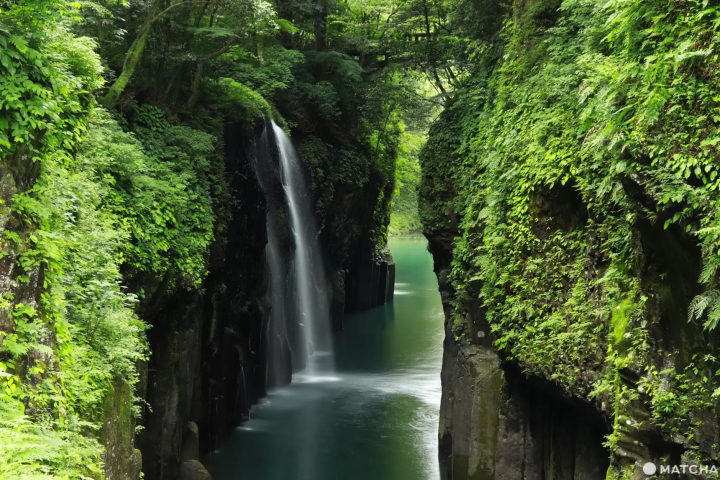





![[JR KYUSHU HOTEL Blossom Oita] A hotel directly connected to Oita Station - A comprehensive guide to access!](https://resources.matcha-jp.com/resize/720x2000/2025/10/23-247814.webp)
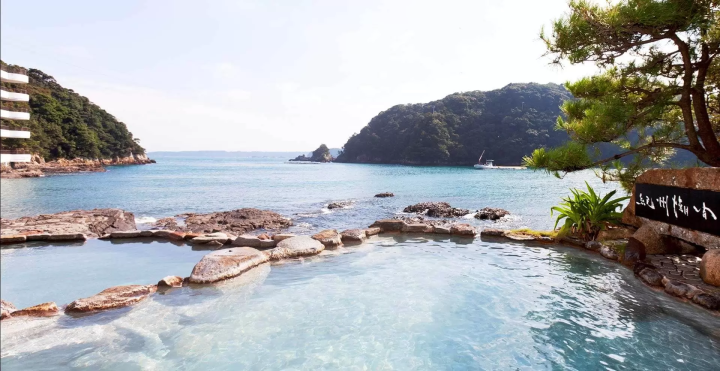
![Deep dive into Japanese brands! A tour of famous leather shoe stores with GENSEI & Nin [Harta Edition]](https://resources.matcha-jp.com/resize/720x2000/2025/12/18-253277.webp)
